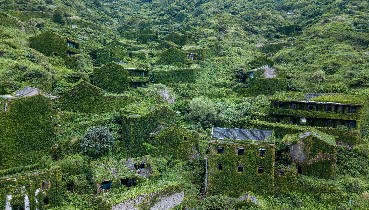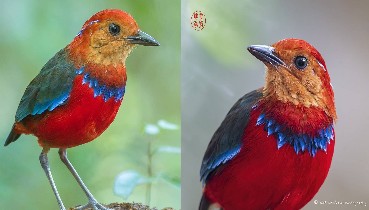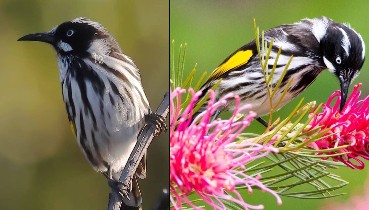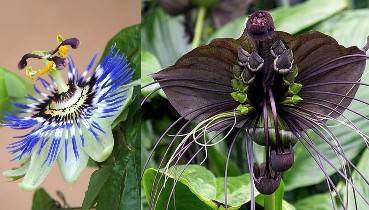
Amazing Nature
20 March 2024 ( 53 views )
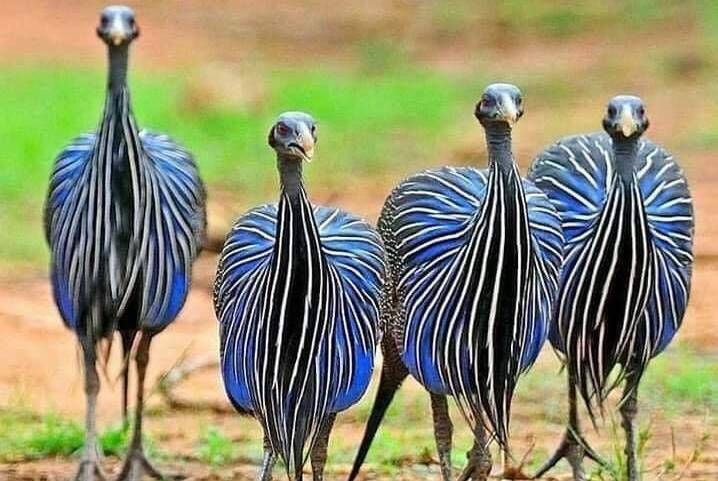
Advertisements
The vulturine guineafowl is the largest bird of the guineafowl family of birds.
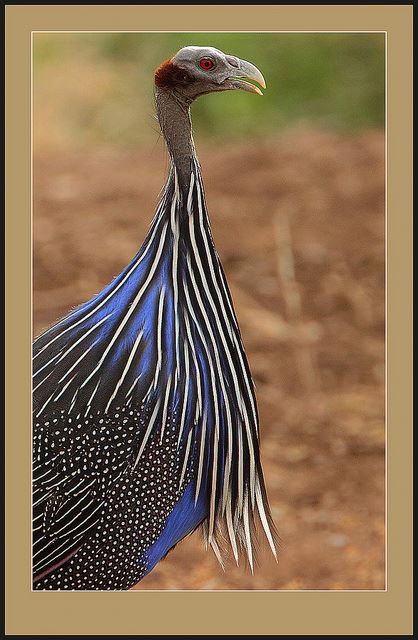
These birds have a bright blue body with black and white streaks and small white dots on the back feathers. They have a "horny" helmet on top of their naked heads. The head region is bright with blue, red, and yellow. The eyes are red and the beak is short and black. There is a band of tiny brown feathers on the back of its head. The males and females look very similar and are difficult to distinguish. This bird's favored habitat is desert areas, savannahs, and grasslands, and a vulturine guineafowl breeds by laying eggs. Their average clutch size is between three and 18 eggs, with each hen laying around 40 eggs in one breeding season. The chicks of this wild bird hatch after 28 days of incubation, and when they are born, these chicks are well-formed and learn to fly within days.

The vulturine guineafowl population lives in flocks or groups but perches individually on trees. They may fight within their groups for food or for the best trees to perch on. Their diet includes seeds, tubers, roots, grubs, small reptiles, rodents, and insects. The entire world's adult vulturine guineafowl population is estimated to be about 10,000.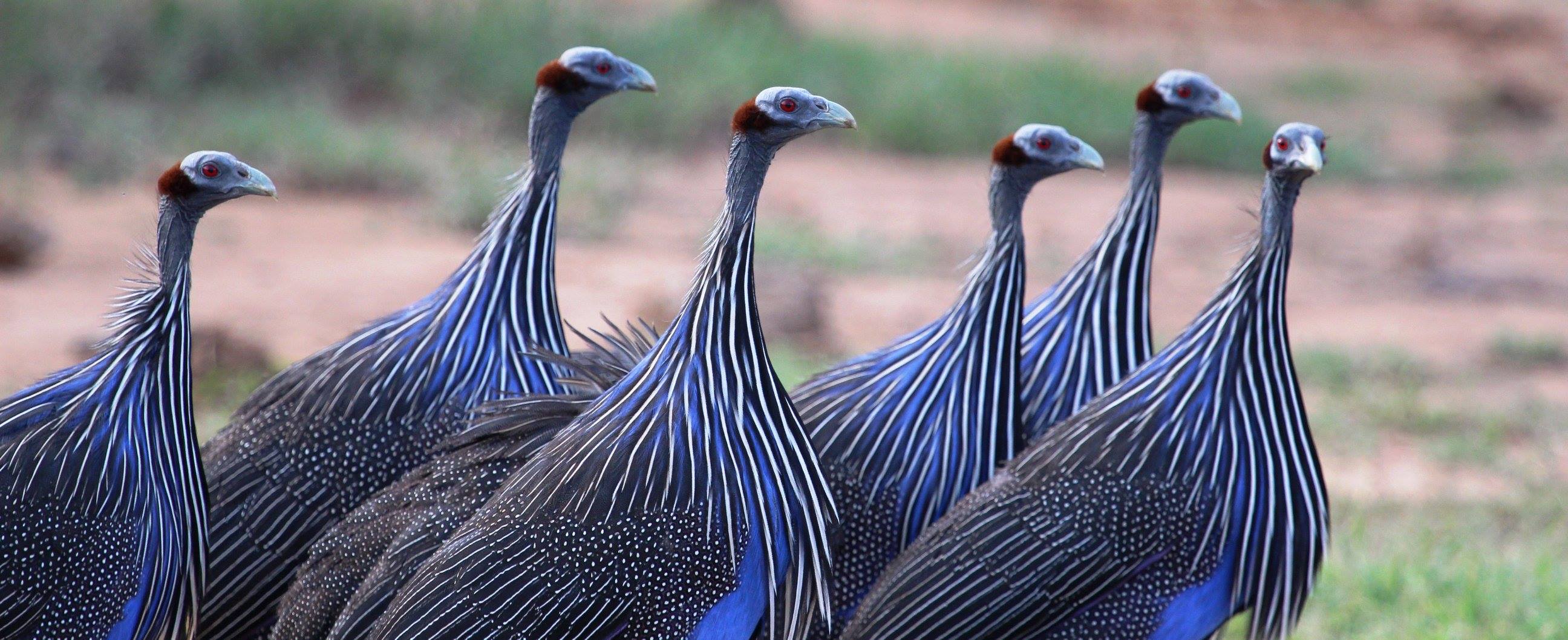

Vulturine guineafowls reproduce by mating with another bird from their own clan or flock. Breeding pairs stay together for only one mating season. The female lays eggs after mating in a ditch in the ground which is lined with plants. Chicks hatch after around 28 days of incubation, are golden and brown in color and are very well developed. These chicks are able to fly within a few days

The vulturine guineafowl is one of the most strikingly beautiful, and colorful birds in the world. A chick has brown and golden-colored plumage and a dull blue body. However, it is on reaching maturity that they become the gorgeous creatures they are. The vulturine guineafowl is often termed 'the royal guineafowl' due to its beauty. They have a long neck, a long tail, and a naked head.
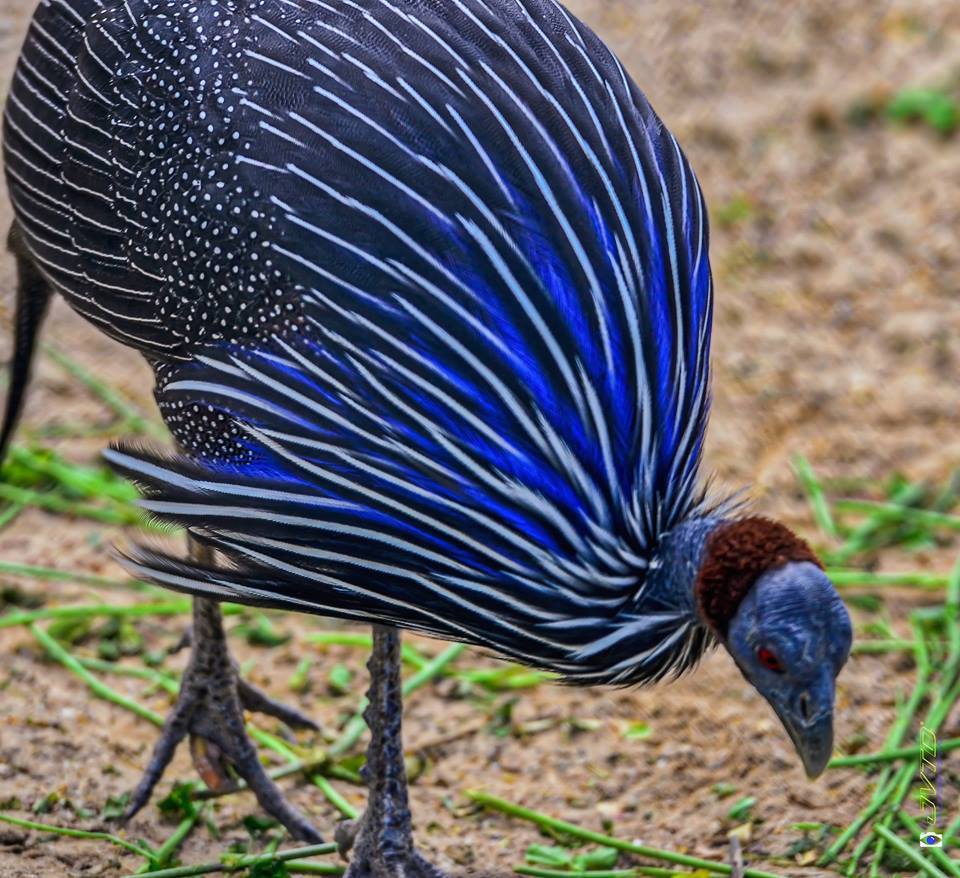
Their breasts are a dazzling cobalt blue color, with lengthy white and black feathers. Their plumage is black and the feathers on their back have white dots. Their wings are round and short, and their hackles are white. Their heads are blue-gray, with a band of short feathers which are chestnut brown. Also, the eyes of these birds are red and their beaks are black and short.

Vulturine guineafowl birds communicate via loud 'chink-chink-chink' calls, much like the helmet guineafowl, only higher in pitch. They sometimes make these calls when under threat from a predator, and they can be heard from a distance.
Recommended Videos
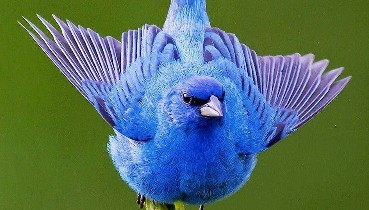 The indigo bunting (Passerina cyanea)180 views
The indigo bunting (Passerina cyanea)180 views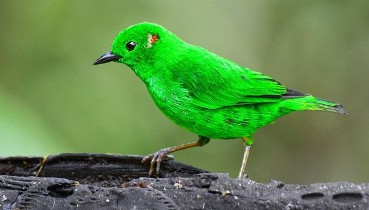 The Glistening-Green Tanager Is So Bright It Looks Like It Could Glow In The Dark36 views
The Glistening-Green Tanager Is So Bright It Looks Like It Could Glow In The Dark36 views-
Advertisements
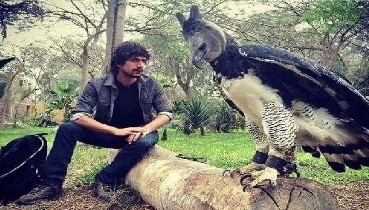 Largest Eagles in the World268 views
Largest Eagles in the World268 views 20 beautiful ladies and horses337 views
20 beautiful ladies and horses337 views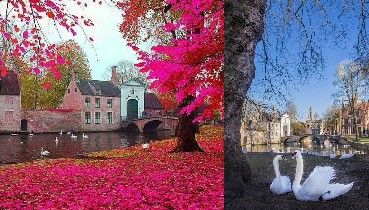 4 Fascinating Places to Visit in Bruges406 views
4 Fascinating Places to Visit in Bruges406 views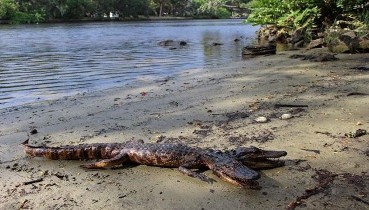 Two-Headed Alligator Reportedly Spotted In Florida333 views
Two-Headed Alligator Reportedly Spotted In Florida333 views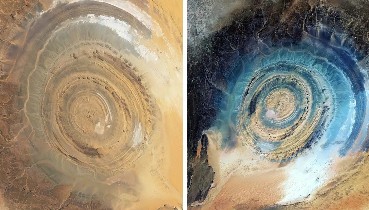 The Eye of the Sahara: A Mystery Older than Humans71 views
The Eye of the Sahara: A Mystery Older than Humans71 views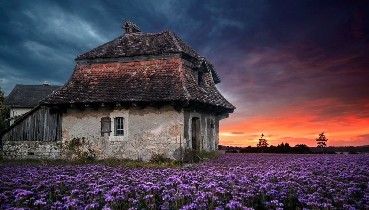 35 Abandoned Places That Will Bring You Inner Peace38 views
35 Abandoned Places That Will Bring You Inner Peace38 views
Advertisements
